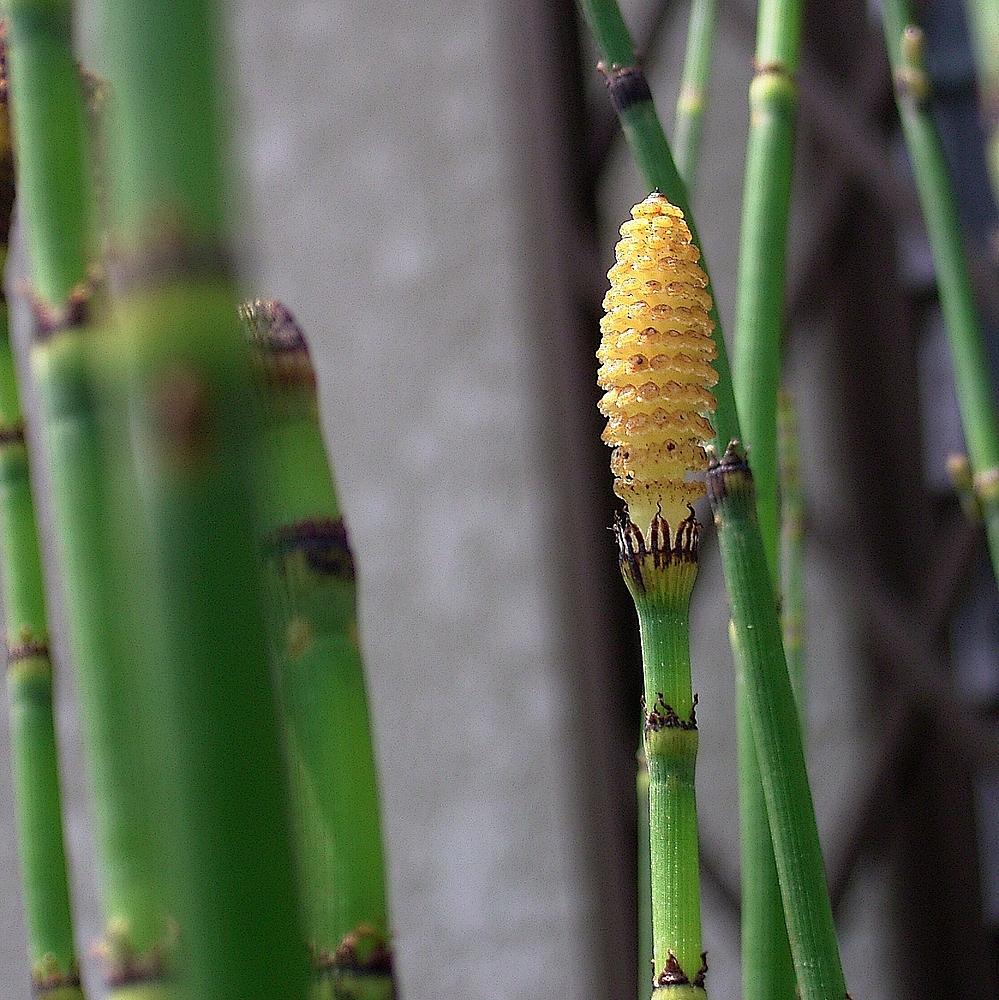
Rough horsetail (Equisetum hyemale)
Rough horsetail, also known as Scouringrush horsetail, Snake grass
Rough horsetail (Equisetum hyemale) is a robust, evergreen perennial ideal for wetland areas. It grows aggressively, spreading through spores rather than flowers. Thriving in both full sun and partial shade, it's also resistant to pests. This plant is excellent for erosion control and can add a unique touch to water gardens. Typically, it reaches a height of 61 to 91 cm.
Key Facts About Rough horsetail
Attributes of Rough horsetail
Scientific Classification of Rough horsetail
Toxicity
Golden pothos contains a chemical called calcium oxalate, which is mildly toxic to humans if ingested or if the skin comes into significant physical contact with its sap. Symptoms of ingesting golden pothos include burning, inflammation of the mouth, and vomiting. Contact with the sap can cause dermatitis: an itchy rash. In dogs, the leaves will irritate the mouth and gastrointestinal tract when ingested, causing symptoms within 24 hours like mouth irritation, lethargy, diarrhea, and drooling. Serious symptoms include loss of consciousness, seizures, and trouble breathing. In cats, chewing the leaves or stems causes intense irritation of the mouth, tongue, and lips, leading to drooling or vomiting, which may cause dehydration. Symptoms may prove fatal if not treated.